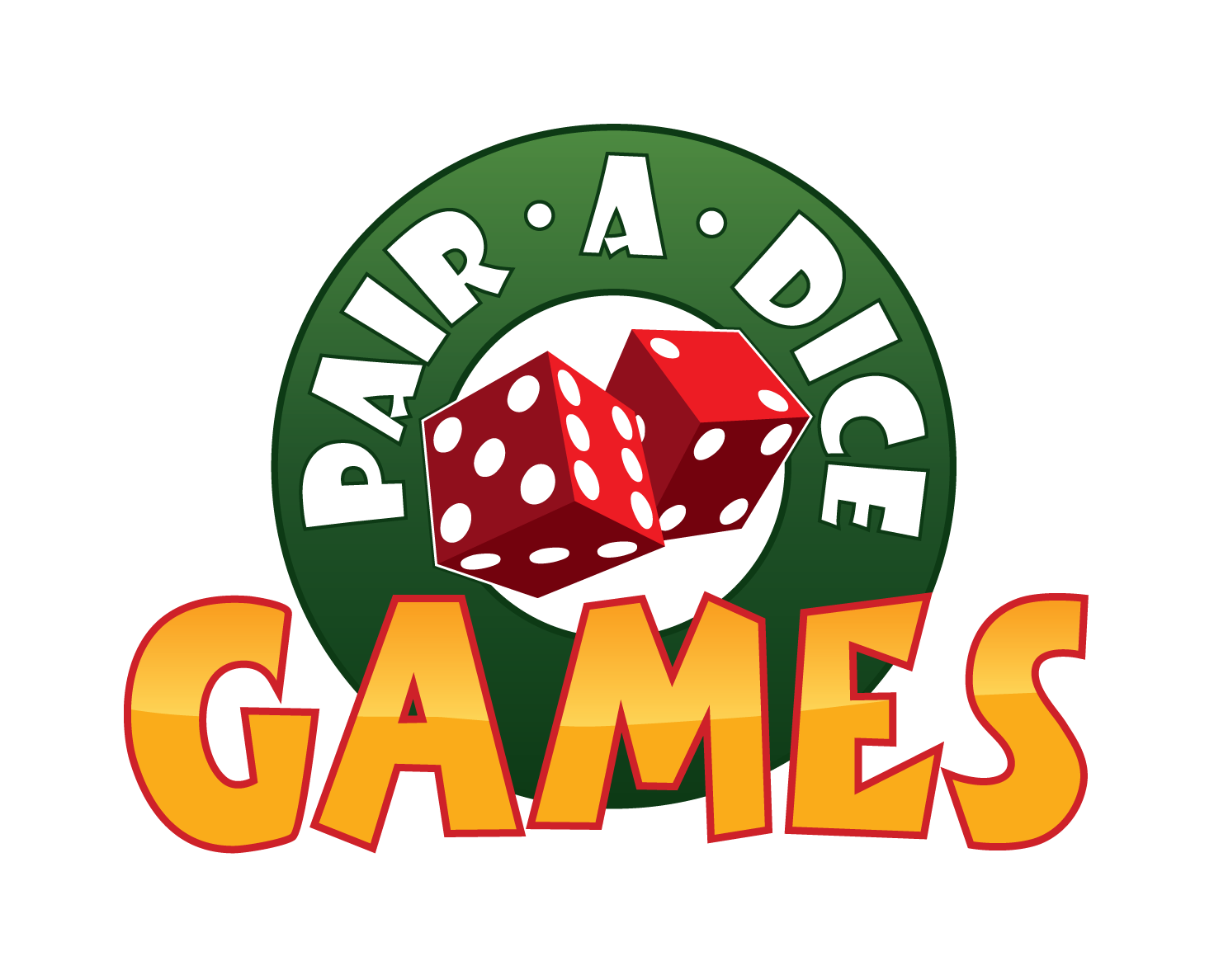Pair A Dice Games Corner
Expeditions
What do you want in a sequel? When comes to tabletop games, the question is far more open than one might think.
Tabletop games do expansions all the time. Expansions add, they adjust, sometimes they overhaul, and sometimes they even expand, adding more while maybe standing on their own.
It’s for this reason we rarely get sequels outright.
So when the Scythe sequel was announced, I was excited, but I didn’t quite know what to expect.
Scythe is a fantastic game and a fan favorite. It takes your traditional Risk-style “dudes-on-a-map” game, and extracts the dice, saws off most of the direct conflict, and adds a lot of Euro resource management.
It imagines a world after WWI where giant mechs and diesel-powered inventions trudge alongside pre-modern European factions vying to gain control of the land. It reduces the number of choices you have, allowing for larger player counts without feeling too over-long.
Expeditions picks up afterward where mysterious asteroids are crashing into this earth, and our former leaders become explorers, taking even more of this zany tech into the tundra for even more… ahem, expeditions.
Expeditions is a pick-up-and-deliver game that like Scythe takes a typically Ameritrashy genre, and tries to make it appeal to the Euro crowd. You start with a mech and a hero which define your play style, and like your typical pick-up-and-deliver game, you have a somewhat open choice for how to move around, and what kind of engine you’re trying to build; in hopes you can build a better, more efficient engine than your opponents.
Like Scythe, there are goals you’re trying to achieve, and the game ends when someone achieves four. Like Scythe, each turn you are making one choice that dictates which actions you may take (Gather, Play, Move, or Refresh), and this simple choice can make for shorter turns allowing for higher player counts (5 in base game, appears like Scythe, two more mechs may be on the way).
There’s zero inter-player conflict; at worst, you’re denying locations in larger games. The entire game is centered on hand management, trying to figure out how best to use your cards or use cards to upgrade your mech and build a more efficient engine. Cards come in exhausted, and you exhaust a lot of your hand, so you’re constantly deciding if you should pause and have a bad turn to Refresh your cards or find creative ways to use them (like taking turns to just refresh those cards, or Upgrade/Melding cards into your mech for permanent or alternative use).
Like many pick-up-and-deliver games, the end is about trying to develop and define your finish line before someone else can, and you can feel lost earlier, especially in your first games. I do think like Scythe the best plays are from multiple plays. Unlike most pick-up-and-deliver games, the smaller map, minimal hidden information, and reduced randomness keep from the problem of randomness generating punishing turns or bad games.
Finally, it’s gorgeous. It’s a huge box in the standard edition, with mostly wooden tokens and giant chunky mechs, thick, giant map tiles, and an insert. The Ironclad edition adds metal minis which are also large and highly detailed with lots of character.
It really manages to have a feel and vibe of Scythe while clearly being different from the original. I enjoy it, I’m looking forward to many plays in the future and seeing where future development ends up.



